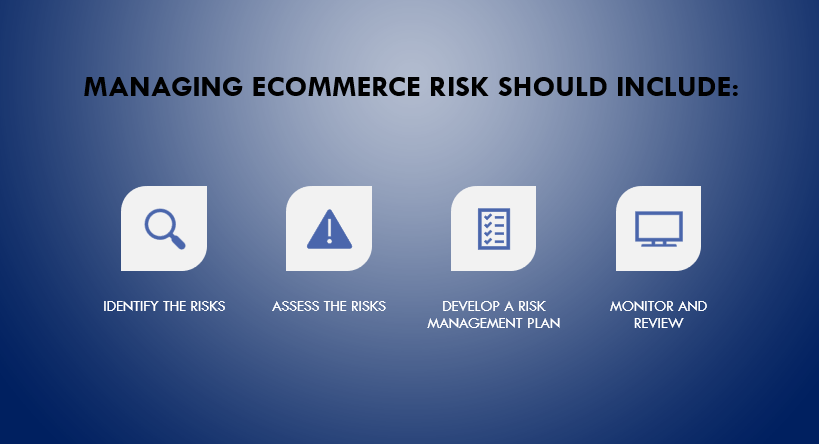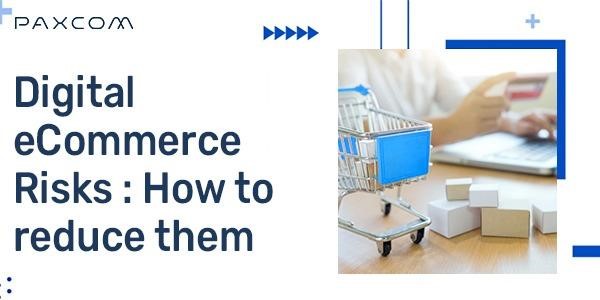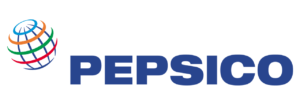The risk of running a business is always present, no matter the size of your business or what kind of products you sell.
The risk is evident now. Retailers are dealing with supply chain challenges; consumers are changing their shopping habits due to high inflation and global economic slowdown predictions.
There’s no easy way. That’s why we list the risks associated with digital eCommerce businesses and provide a few suggestions on how to reduce them.
Table of Contents
There are several risks associated with running a digital eCommerce business, including
- Security risks
eCommerce businesses are vulnerable to cyber attacks, such as data breaches, malware attacks, and phishing scams. To reduce these risks, you should implement strong passwords, use secure servers and payment gateways, and ensure that your website is regularly updated and patched to fix any vulnerabilities.
A quick tip: Consider a security audit that can help identify vulnerabilities in your systems and provide recommendations for improvement.
- Fraud risks
In the case of chargebacks, fake orders, or identity theft, fraudulent activity may take place. To reduce these risks, you should implement fraud detection and prevention tools, such as address verification and card security codes, and consider using a fraud protection service.
A quick tip: Do regular reviews of sales and customer interactions, as well as implement measures such as verifying the identity of sellers and buyers.
- Legal risks
Brands/sellers must coBrands/sellers must comply with various laws and regulations, such as consumer protection laws, privacy laws, and payment processing regulations. Ensure you comply with all relevant laws and regulations and consult an attorney to reduce these risks. Comply with various laws and regulations, such as consumer protection laws, privacy laws, and payment processing regulations. Ensure you comply with all relevant laws and regulations and consult an attorney to reduce these risks.
A quick tip: Take steps to protect your intellectual property, such as trademarks, copyrights, and patents. This may include registering your intellectual property and putting appropriate measures in place to prevent unauthorized use. Consider purchasing appropriate insurance coverage to protect your business from potential legal risks.
- Reputation risks
Online retailing relies on its reputation to attract and retain customers. To reduce reputation risks, you should be transparent and honest in your business practices. Customers may leave negative reviews and ratings if they are unhappy with the product or service they received, which can damage a brand’s reputation and deter future customers from purchasing. Online marketplaces may be vulnerable to fraud, such as fake reviews or counterfeit products being sold under a brand’s name. This can damage a brand’s reputation and result in linking to legal issues.
A quick tip: prioritize customer satisfaction. This can be done by ensuring that products are of high quality and meet customer expectations, responding promptly to customer inquiries and complaints, and offering good after-sale support such as returns and refunds. Additionally, it can be helpful to regularly monitor and manage online reviews and ratings to address any negative feedback and maintain a positive reputation
- Competition
Online marketplaces are crowded with numerous sellers, which can make it difficult for brands to stand out and attract customers. This can lead to intense competition, which can put pressure on pricing and profitability.
A quick tip: Stay up to date on your competitors’ products, pricing, marketing strategies, and other activities. This can help you identify opportunities to differentiate your offering and anticipate potential competitive threats.
- Brand dilution
Brands may also risk diluting their brand identity when selling on online marketplaces. The marketplace’s branding and marketing efforts may take precedence over the brand’s own, leading to a lack of consistency in the customer experience.
A quick tip: This can be achieved through consistent branding and customer service efforts, as well as ensuring that products are presented in a way that reflects the brand’s values and identity.
- Dependence on the marketplace
Brands may also become reliant on the marketplace for sales, which can put them in a vulnerable position if the marketplace changes its policies or experiences technical issues.
A quick tip: Develop a strong brand presence through marketing and branding efforts to create a connection with customers and encourage them to seek out your products directly. Stay on top of your marketplace account and ratings, and be proactive about addressing any issues that may arise. This can help you maintain a positive reputation and build customer trust.
Overall, it is important for brands to carefully consider the risks and potential drawbacks of selling on online marketplaces before making the decision to do so.
Points to consider while Implementing a digital eCommerce Risk Management Strategy

- Identify the risks that are specific to your business and evaluate their likelihood and impact.
- Assess the risks that you have identified to determine the potential consequences and the likelihood of their occurrence.
- Develop a risk management plan to mitigate or manage the identified risks, including identifying controls and measures that can be put in place to reduce the likelihood of their occurrence. Put the risk management plan into action, including implementing controls and measures to reduce the likelihood of risks occurring.
- Monitor and review your risk management plan to ensure that it is effective and update it as needed to reflect changes in your business or in the risk landscape.
Digital eCommerce risk management: how to put it into action
- Be prepared to deal with economic uncertainty
One way to reduce the risk of economic uncertainty is to diversify your product offerings and target multiple markets. This can help to mitigate the risk of losing sales due to economic downturns in any one particular market.
- Provide a seamless customer experience
To reduce the risk of a poor customer experience, you should focus on creating a seamless and intuitive shopping experience for your customers. This includes having a well-designed website, offering multiple payment options, and providing excellent customer service. Regularly check your online reviews and ratings, and address any negative feedback in a timely and professional manner. This can help protect your business’s reputation and keep customers coming back.
- Go Omnichannel
Customers like shopping on social platforms and marketplaces like Amazon, Walmart, and Facebook. Research from Statista shows that 82% of customers like the convenience of social shopping, and more than nine in 10 shoppers start their product search on a marketplace. You should consider offering your products through multiple channels; This can help to diversify your revenue streams and increase your chances of success.
- Automate inventory
Consider implementing an inventory and order management system that can accurately forecast demand and help you keep track of your inventory levels. Automating your inventory and order management processes can help to reduce the risk of errors and improve efficiency.
- Reduce Manual error
Human error leads to operational problems, especially as you scale. Manually updating stock levels on each marketplace, you sell opens you up to the risk of overselling. In addition, other manual processes, such as entering and exiting spreadsheets to manage orders, result in inefficiencies when customers place orders at scale. Using automation systems will reduce errors and yield more accurate results.
- Get ahead of supply chain challenges
Proactively addressing potential supply chain challenges, such as sourcing raw materials or managing logistics, can help you to reduce the risk of disruptions and maintain a stable business.
- Stay up to date on industry trends and changes
Observe the latest trends and changes in the eCommerce industry, and be proactive in adapting to them. This can help you stay ahead of the competition and reduce your risk of falling behind.
Summing Up
We laid out some risks associated with selling online and how digital eCommerce businesses can implement various strategies, such as using secure payment methods, implementing strong security measures, complying with relevant laws and regulations, and maintaining good relationships with customers and suppliers. Overall, it is important for brands to carefully manage their presence on online marketplaces and take steps to mitigate potential risks in order to protect their business and maintain control over their brand.
It helps to work with a company that understands the eCommerce environment and knows how to mitigate any risks. Whether you are a large company or a small business just starting out, protecting your eCommerce website and digital assets means you are also protecting your customers and their data. Contact us for more information at info@paxcom.net to scale your business in 2023 and beyond.














